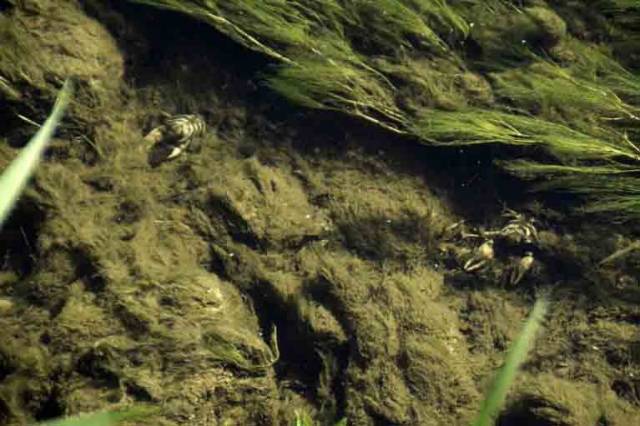#Crayfish - Large numbers of dead freshwater crayfish have been reported in the River Barrow in the stretch from Carlow to Graiguemanagh.
It has been confirmed using DNA analysis that the cause of death was crayfish plague.
This is the fifth outbreak of the disease to be found in Ireland in the last two years, and follows just weeks after an outbreak in North Tipperary.
It is feared that if the disease spreads further, then it will threaten the survival of the entire Irish population of white-clawed crayfish, an endangered marine species.
This worrying situation is being investigated by the National Parks and Wildlife Service of the Department of Culture, Heritage and the Gaeltacht, Inland Fisheries Ireland and the Marine Institute.
All the agencies involved in managing and protecting the rivers in Ireland are concerned that another outbreak has been detected, and are reiterating their advice and guidance to all users of the river to implement routine cleaning and drying of their equipment once they leave the river and before using it again.
This is especially important as it is known that the crayfish plague organism can be carried on wet equipment to new sites. Containment of the outbreak is essential to prevent spread to other as yet unaffected populations in Ireland.
Waterways Ireland, which manages the Barrow navigation, has issued a marine notice calling all recreational, commercial, private and public body water users (boaters, walkers, swimmers, kayakers, rowers, machine operators, etc) to operate a temporary ban on moving watersport and angling equipment and other equipment or machinery that comes in contact with the water, out of or into the Barrow and all affected catchments.
People are also asked to alert the authorities of any mass mortality of crayfish or sightings of unusual crayfish that might be non-native species (such as crayfish with red claws, or of an unusually large size).
































































